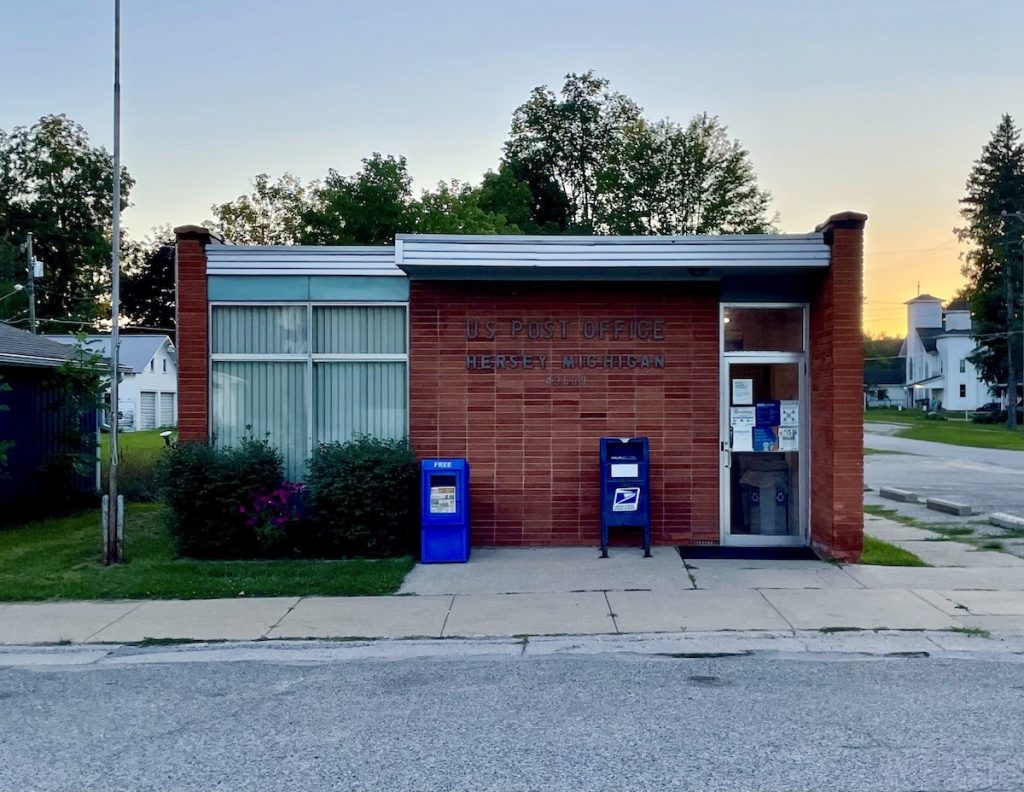Stamp: Central Post Office in 1926, ovpt. “M.J.I.” (Argentina 1926)
Central Post Office in 1926, ovpt. “M.J.I.” (Argentina 1926)
01 July (Argentina ) within release Ministry of Justice & Public Instruction goes into circulation Stamp Central Post Office in 1926, ovpt. “M.J.I.” face value 12 Argentine centavo
| Stamp Central Post Office in 1926, ovpt. “M.J.I.” in catalogues | |
|---|---|
| Götig and Jalil: | Got:AR O420 |
| Michel: | Mi:AR D-VA 304 |
Stamp is horizontal format.
Overprint sans serifAlso in the issue Ministry of Justice & Public Instruction:
- Stamp - José Francisco de San Martín (1778-1850), ovpt. “M.J.I.” face value 5;
- Stamp - Central Post Office in 1926, ovpt. “M.J.I.” face value 12;
- Stamp - Central Post Office in 1926, ovpt. “M.R.C.” face value 12;
- Stamp - 100 years of Argentine Post, San Martín, ovpt. "M.J.I." face value 5;
- Stamp - 100 years of Argentine Post, San Martín, ovpt. "M.J.I." face value 5;
- Stamp - 100 years of Argentine Post, Central Post Office, ovpt. "M.J face value 12;
Stamp Central Post Office in 1926, ovpt. “M.J.I.” it reflects the thematic directions:
A building or edifice is a structure with a roof and walls standing more or less permanently in one place, such as a house or factory. Buildings come in a variety of sizes, shapes and functions, and have been adapted throughout history for a wide number of factors, from building materials available, to weather conditions, to land prices, ground conditions, specific uses and aesthetic reasons. Buildings serve several needs of society – primarily as shelter from weather, security, living space, privacy, to store belongings, and to comfortably live and work. A building as a shelter represents a physical division of the human habitat (a place of comfort and safety) and the outside (a place that at times may be harsh and harmful).
A post office is a public facility and a retailer that provides mail services, such as accepting letters and parcels, providing post office boxes, and selling postage stamps, packaging, and stationery. Post offices may offer additional services, which vary by country. These include providing and accepting government forms (such as passport applications), and processing government services and fees (such as road tax, postal savings, or bank fees). The chief administrator of a post office is called a postmaster.


